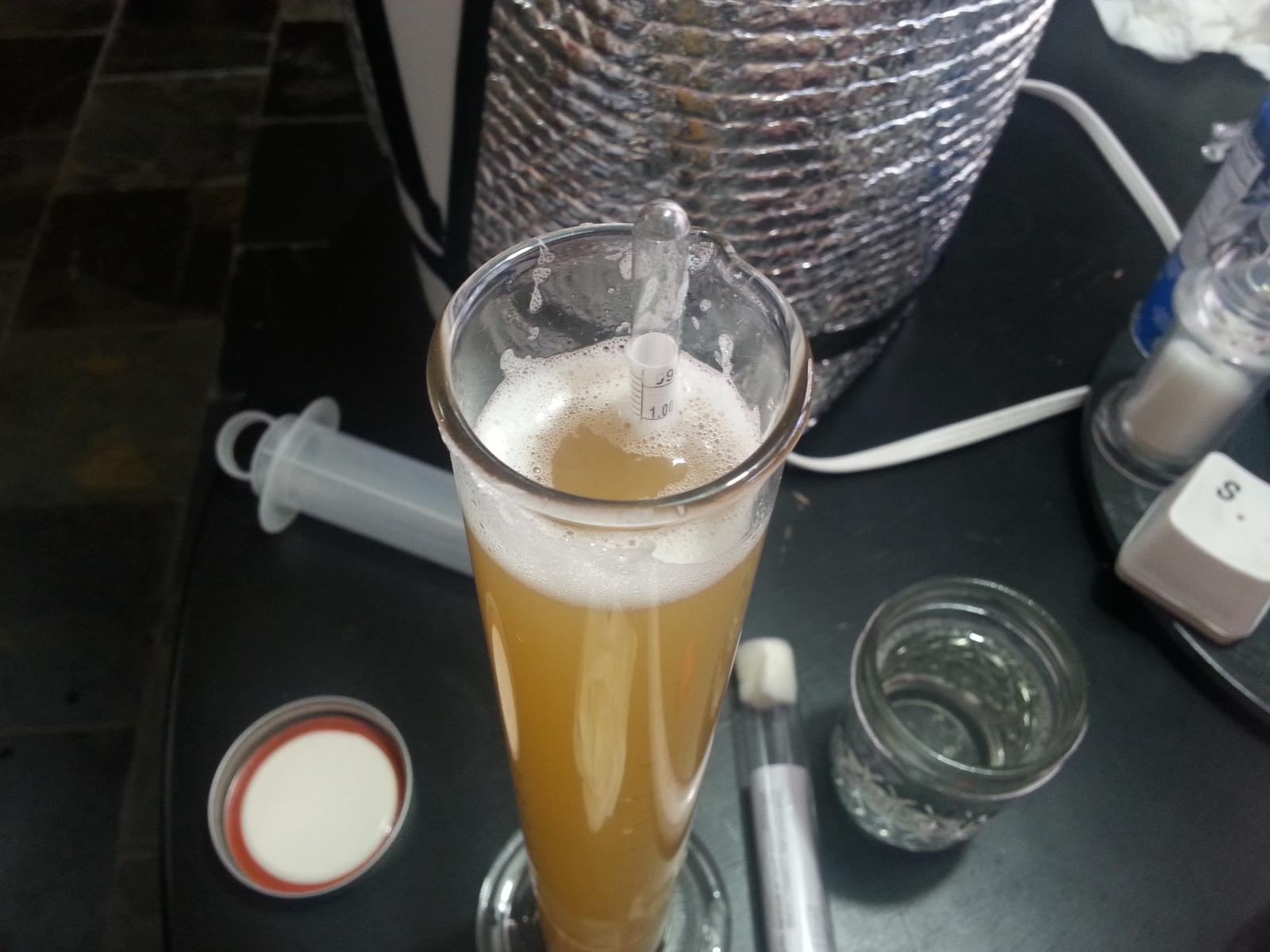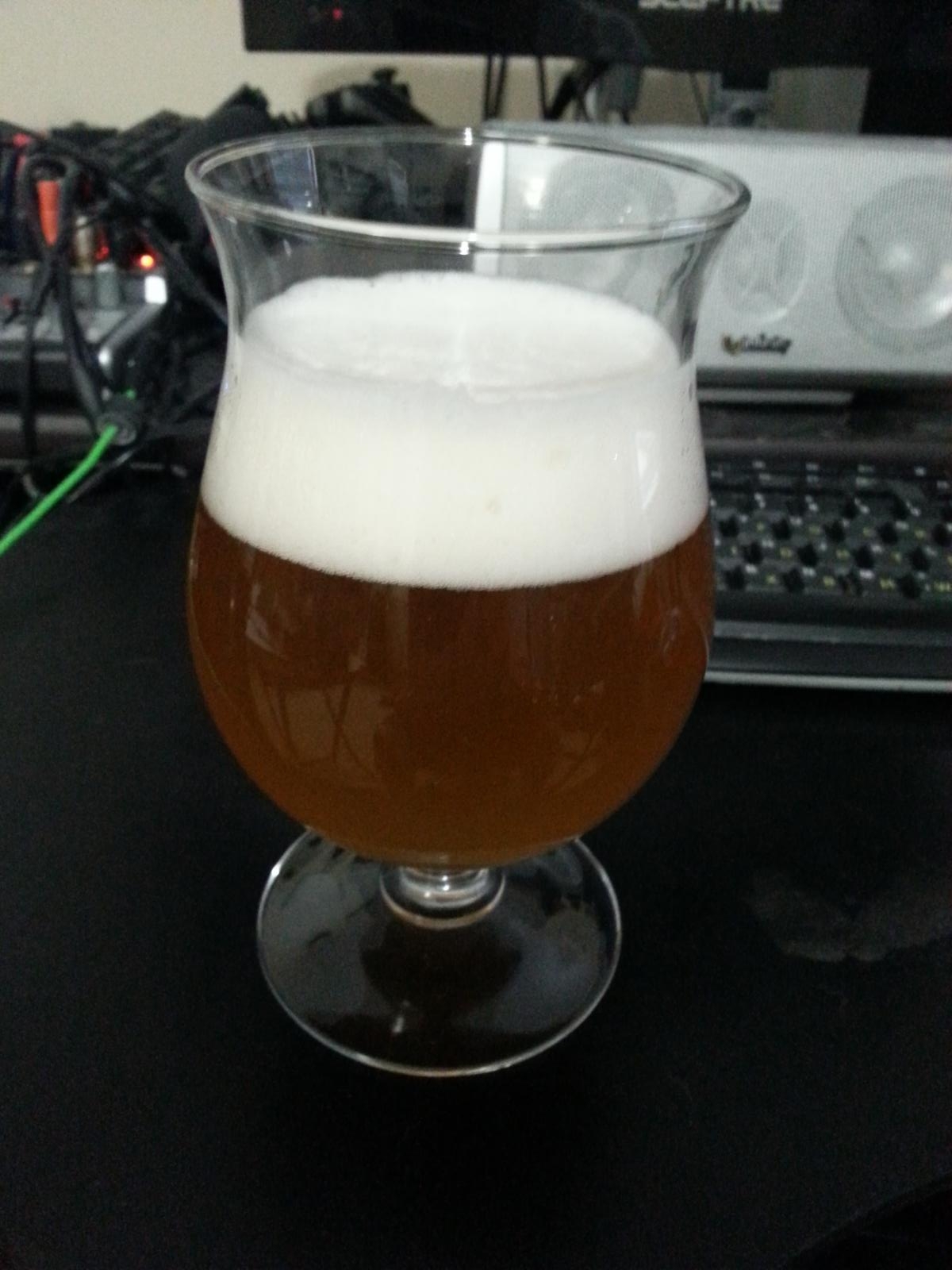AerationStation
Well-Known Member
I just did a starch test and it is negative!
SIDEBAR:
From what i recall the iodine test to check for starch conversion to sugar can be a little misleading.
The reason it comes out positive is that the iodine gets trapped in a helix (at least I think its a helix, could be some other structure) created by polymerized amylose and branch-chain amylopectin (I.e starch).
You can break up that helix but still not get full amylose/amylopectin conversion. It's more of a "if it comes up positive we defiently screwed up. If its negative then we might have screwed up".
Food for thought, just thought I'd bring it up.



















![Craft A Brew - Safale S-04 Dry Yeast - Fermentis - English Ale Dry Yeast - For English and American Ales and Hard Apple Ciders - Ingredients for Home Brewing - Beer Making Supplies - [1 Pack]](https://m.media-amazon.com/images/I/41fVGNh6JfL._SL500_.jpg)









































